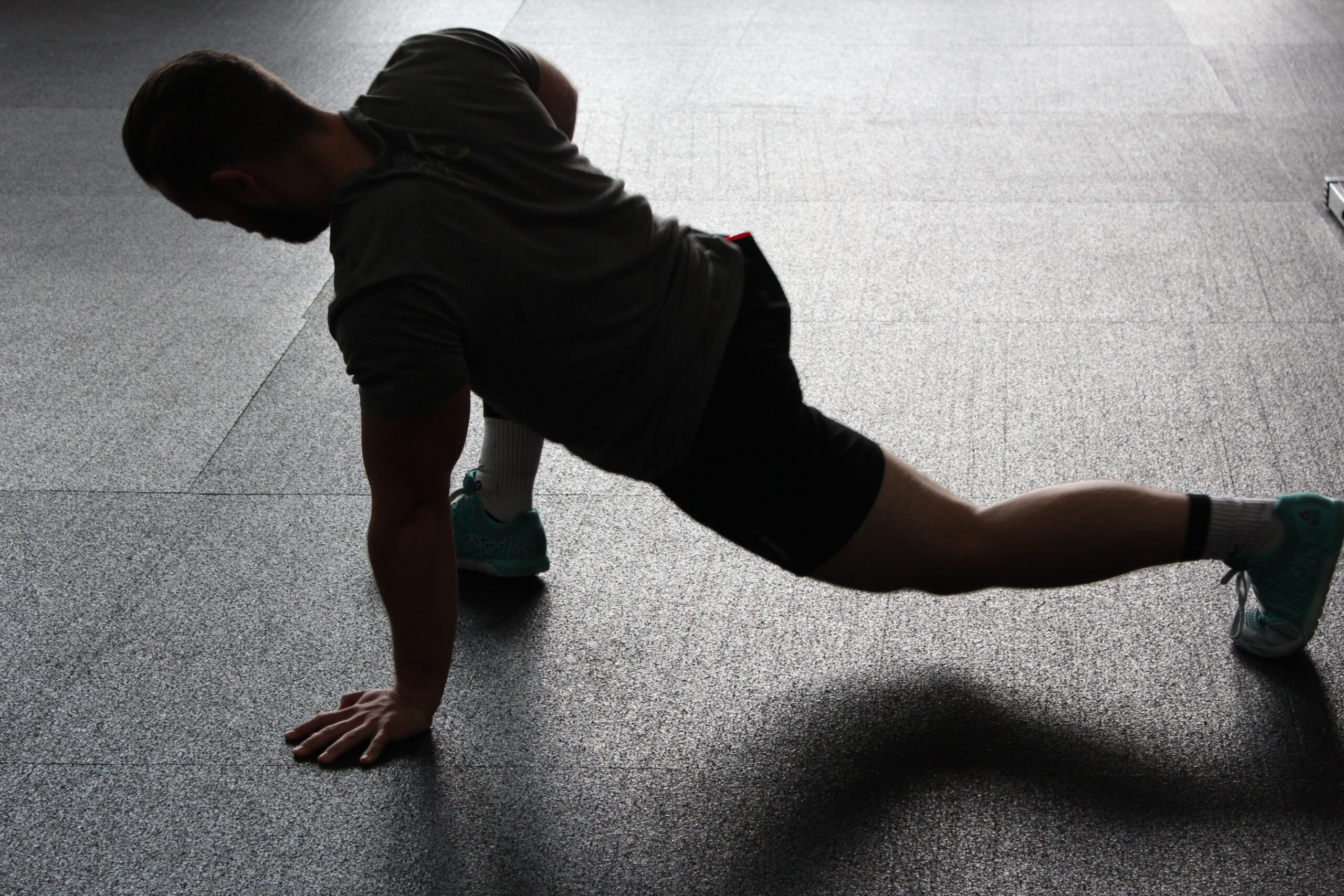There is this popular belief that you should do stretching before your workout to warm you up. However, that is not always the case. Contrary to this, stretching is actually NOT necessary before lifting. Stretching relaxes and elongates muscles that might temporarily reduce the ability to produce force so it is recommended to do it AFTER lifting.
You have to understand tho that not all forms of stretching are bad before lifting. You see, there are two types of stretching. First is what we call, static stretching and the other is dynamic stretching.
Static Stretching
This is the kind of stretching you should AVOID before working out because it might impede your body’s performance. As per research, weight lifters lift more weakly after performing static stretching.
Static stretching is done by stretching or elongating the muscle and holding it for a given amount of time. Maybe 20-30 seconds.
Example of Static Stretching
Here are some examples of static stretching.
- Upper Back Stretch – Interlocking your fingers and pushing your hands as far away from your chest as possible while standing tall. This lets your upper back relax and you’ll feel the stretch between your upper shoulder blades.
- Shoulder Stretch – Placing one arm parallel to the ground across the front of your chest while easing it with your other arm holding it closer to your chest. This is done alternatively with the other arm. The stretch can be felt in the shoulder.
- Hamstring Stretch – Also known as sit and reach. Sit on the ground while relaxing your leg and bending forward keeping your back straight.
- Quadriceps Stretch – Stand tall and keep your balance while grasping the top of your ankle or forefoot behind you pulling it toward the buttocks.
- Calf Stretch – Hands flat at shoulder height against the wall while standing tall with one leg in front of the other. Ease your back leg further away from the wall while keeping it straight and firmly pressing on the floor.
And much more! But you get the point right, those kinds of stretching involve holding a stretch for a certain period of time.
If you would like to engage in static stretching then it is recommended to do it after your session.
Dynamic Stretching
If you prefer to do stretch before your session then I suggest you stick with this one.
Dynamic stretching is an active form of stretching where you move back and forth through a full range of motion rather than just holding one position.
Example of Dynamic Stretching
Here are examples of dynamic stretching.
- Straight-Leg March (Frankenstein) – While standing tall, hold a good posture, chest up and shoulders back. Hold both arms out in front of you and kick it with your leg. Try not to bend the knee!
- Spiderman Lunge – Right knee on the ground and your left forward flat while leaning forward and placing both hands flat on the ground.
- Bounders or Power Skips – Push off the plant leg to jump as high as possible while driving the opposite into significant hip and knee flex.
- Walking Quad Stretch – Bend your left knee and grab your left foot behind you with your left hand while rising up on your toes with the right foot.
- Toe Walks – Walk on your toes without placing weight on your heel.
Etcetera!
Best Way to Keep Track of Your Progress
This post contains affiliate links that might earn me a commission for every click and purchase that will be made from it. For full disclosure, you can click here. Keeping a journal with you where you can log your progress is the best way ever!
One of the great motivators is seeing your progress with your own eyes. There are times when you will forget where you are before you come to where you are right now. However, logging it off in a journal will help you see your hard work.
Start off by logging in your current height and weight and writing down your target as well. Every after a workout, log your progress and see it progress!
I suggest you check out the FREE printables by day designer. They have everything that you might need for tracking and planning.
They have a 2022 Goal Setting Worksheet, Monthly Goal Tracker, Food and Exercise Log, Weekly Meal Planner, and much more! The best part is, all is for free!!!
Aside from those free stuff, you can also purchase your own planner from them. They offer high-quality planners you will love.
Check out this one.
What’s Next?
Now that you have an idea about all that, check out Bodybuilding Basics here. James Hollingshead shared a variety of information that will be helpful for your training.
Actually, they’re information a pro bodybuilder wish they knew when they started. So it would be a win for you!


No responses yet